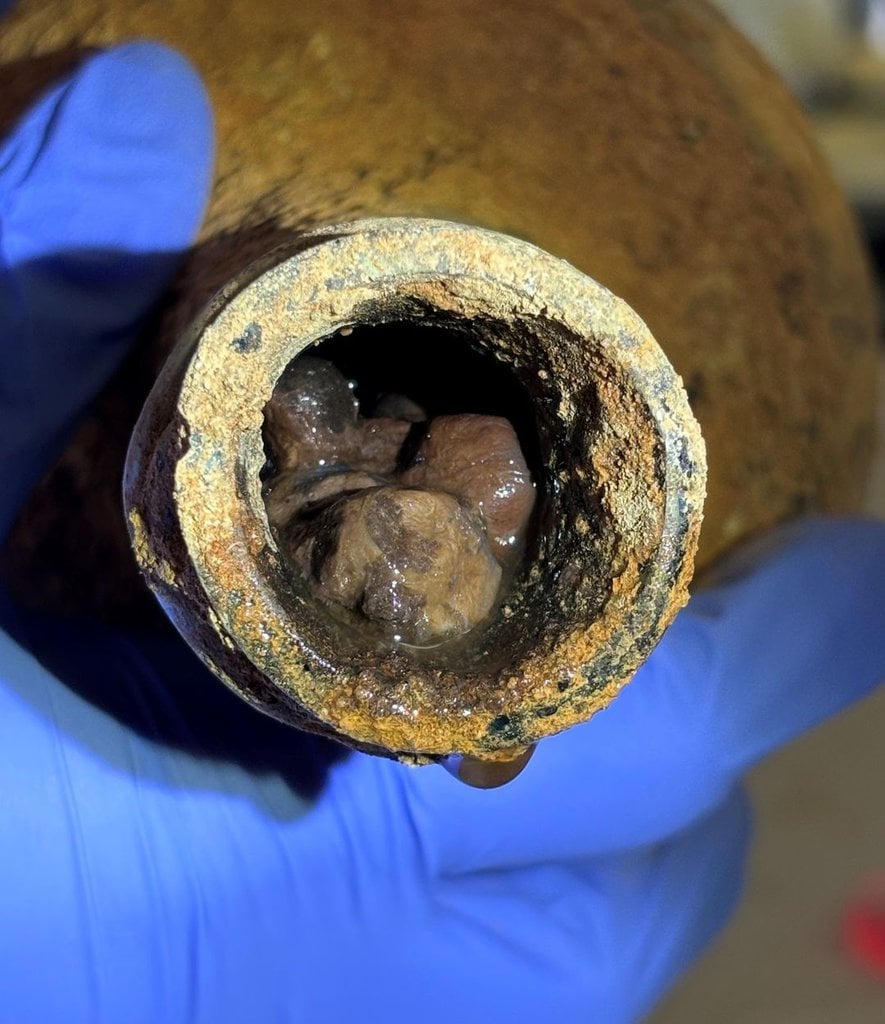
Researchers have found over two dozen 18th-century bottles containing well-preserved cherries and other fruits in a remarkable archaeological discovery at George Washington’s Mount Vernon estate. This unprecedented find sheds light on the food preservation techniques of the time and offers a glimpse into the lives of those who lived and worked on the estate.
Finding a Hidden Treasure
The bottles were found in the cellar of the mansion at Mount Vernon, with over 35 found and 29 intact and containing preserved fruit. These bottles, which likely remained undisturbed since before the American Revolution, were uncovered in five storage pits.
The initial discovery of two bottles of preserved cherries hinted at a larger cache, which confirmed this significant finding. This discovery has been hailed as a “blockbuster” by Mount Vernon president and CEO Doug Bradburn, who emphasized its unprecedented nature in North American archaeology.
Analyzing the Bottled Fruit
The bottles, some dating back to the 1740s and 1750s, contained cherries preserved in liquid, with the pits and stems still intact. Researchers are meticulously analyzing the contents, which have been emptied and are now drying in a lab.

Early examinations have revealed 54 cherry pits, 23 cherry stems, and cherry pulp, all remarkably well-preserved. The detailed study of these artifacts will offer valuable information about the varieties of fruit grown at Mount Vernon and the preservation techniques used during that period.
Mount Vernon’s Gardens and Orchards
Mount Vernon’s gardens and orchards, established by George Washington, included a variety of fruit trees such as apple, pear, cherry, peach, and apricot. The fruit was consumed fresh, preserved, or used in beverages. His gardeners even trained the trees to grow on espaliers, a method of getting a tree to grow flat against a wall.
The discovery of these perfectly preserved fruits provides an extraordinary opportunity to enhance our understanding of 18th-century agricultural practices, plantation foodways, and the origins of American cuisine.